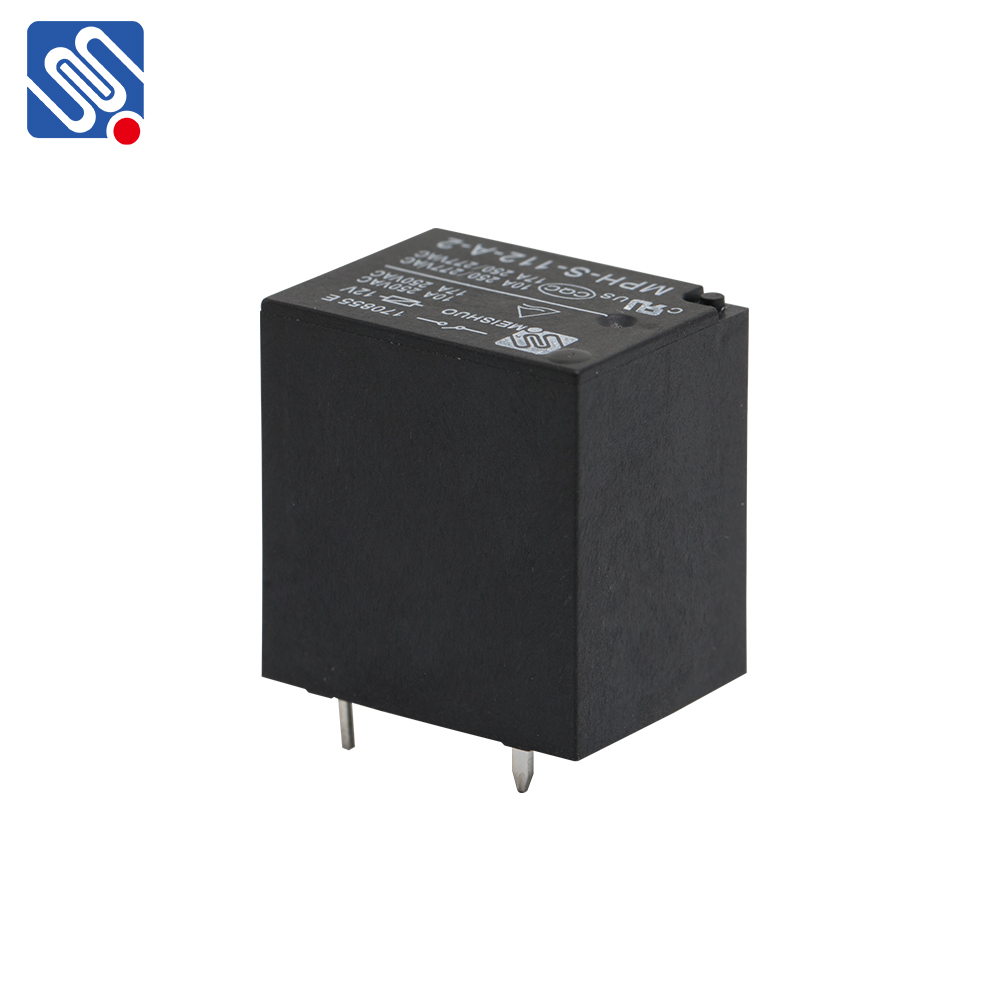understanding relay specifications: a deep dive into data management for react applications
Release time:2025-11-17 08:11:58
Relay, developed by Facebook, is a JavaScript framework designed for managing data in React applications. It integrates seamlessly with GraphQL, a query language for APIs, to streamline data fetching, caching, and synchronization between the client and server. As applications scale, efficient data management becomes crucial, and Relay specifications provide a set of guidelines that ensure data is handled in a consistent and performant manner. This article explores the core Relay specifications, how they work, and why they are important for developers building modern web applications.

Core Relay Specifications
At the heart of Relay is the concept of managing data in a way that is declarative, efficient, and reusable. The Relay specifications dictate how queries, fragments, and mutations are structured and how data flows through the application.
1. Query Composition
Relay encourages the use of fragments to break down complex data structures into smaller, reusable components. Fragments are small, modular pieces of GraphQL queries that define a specific subset of data for a particular part of the application. These fragments can be composed together to form more extensive queries, enabling efficient and maintainable code.

